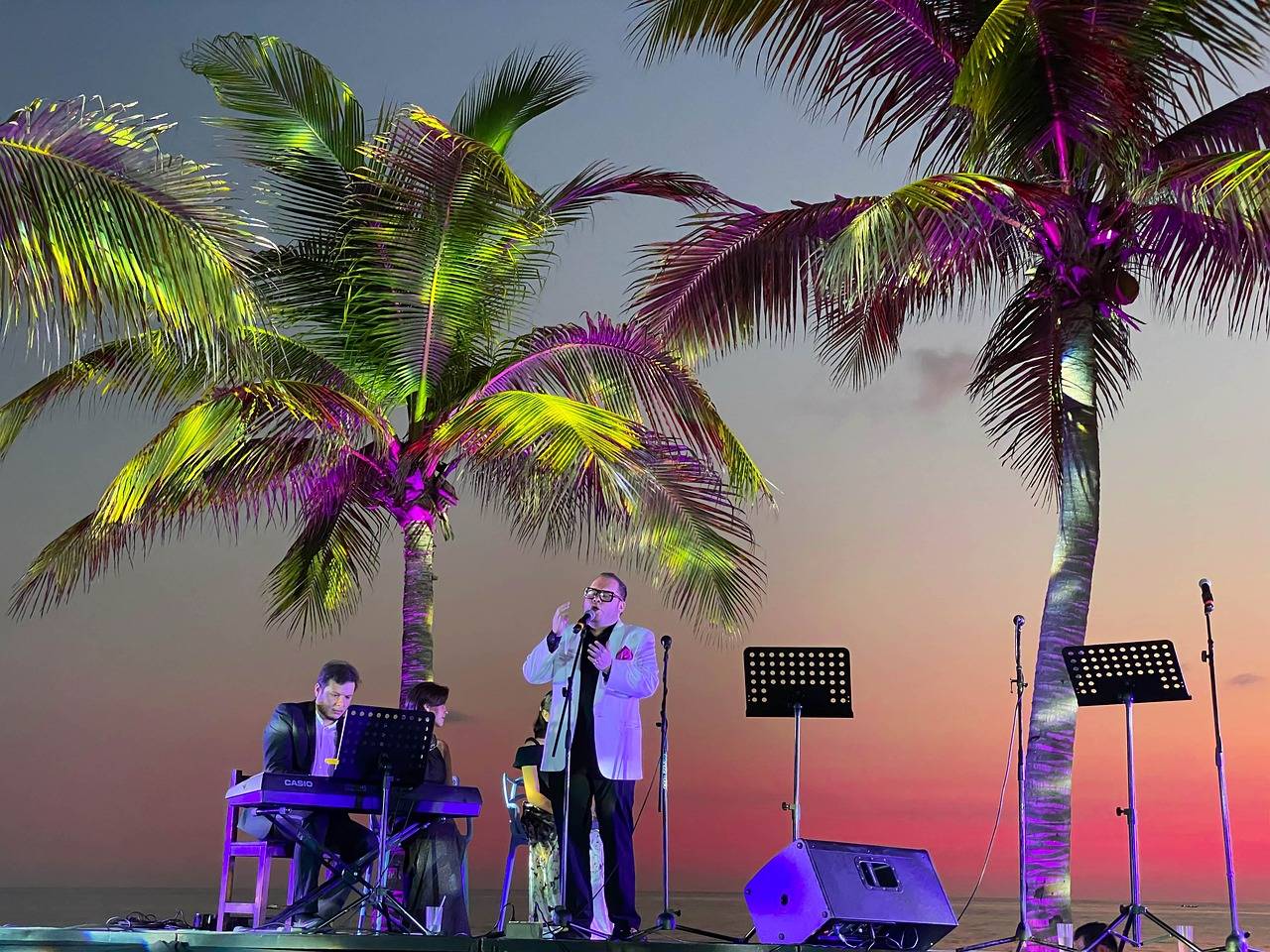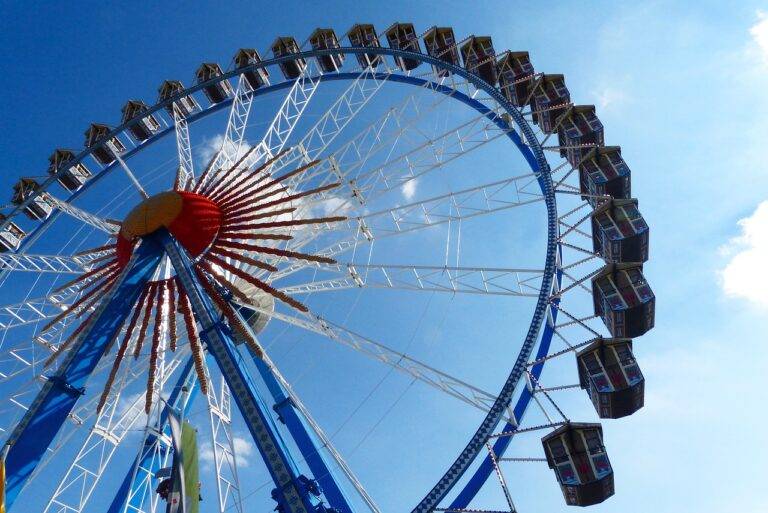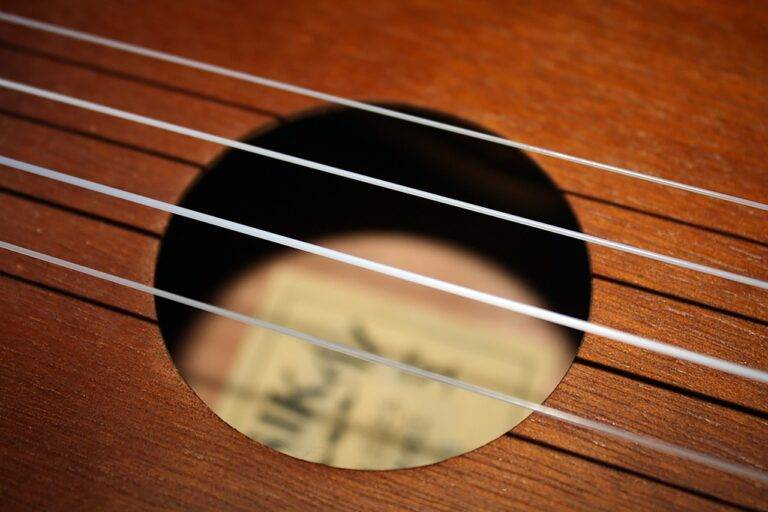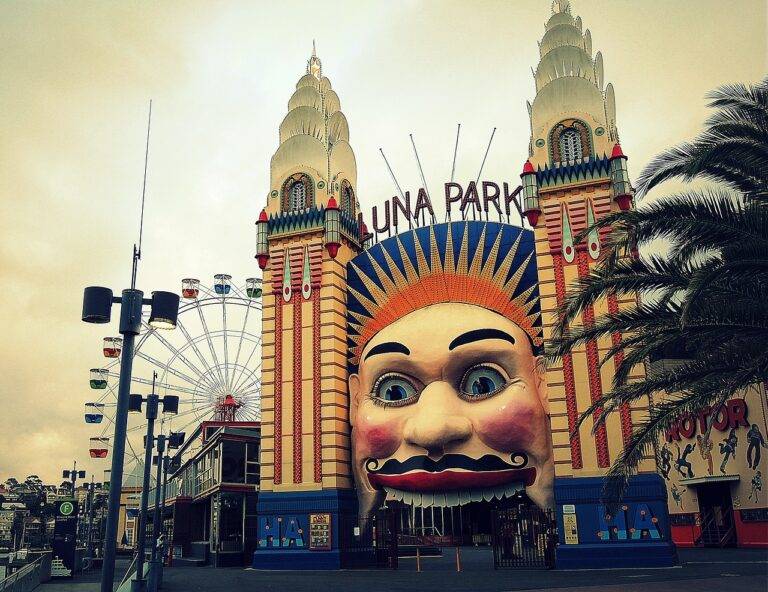The Role of Camera Work in Creating Iconic Movie Shots
Camera work plays a crucial role in shaping the visual narrative of a film. The way a camera moves, pans, and zooms can greatly influence the audience’s perception of a scene. By utilizing techniques such as tracking shots, handheld shots, and crane shots, filmmakers can create dynamic and engaging visuals that draw viewers into the story.
Additionally, the use of different camera angles can evoke specific emotions and enhance the storytelling experience. Low angles can make characters appear powerful or imposing, while high angles can create a sense of vulnerability or inferiority. By carefully selecting the right camera angles for each shot, filmmakers can effectively convey the mood and tone of a scene, leaving a lasting impact on the audience.
Different Camera Angles and Their Effects on Iconic Shots
Different camera angles play a crucial role in creating iconic shots that resonate with audiences long after the movie ends. When a scene is shot from a low angle, the characters appear larger and more dominant, evoking a sense of power and authority. This technique is often used to showcase a character’s strength or to emphasize their importance in a particular moment.
On the other hand, shooting a scene from a high angle can have the opposite effect, making the characters appear smaller and more vulnerable. This angle is commonly used to convey a sense of weakness or insignificance, adding depth to the emotions portrayed on screen. By manipulating camera angles with precision, filmmakers can enhance the storytelling experience and evoke powerful reactions from viewers.
The Importance of Lighting in Creating Memorable Movie Scenes
Lighting plays a crucial role in setting the mood and atmosphere of a movie scene. Through the careful manipulation of light intensity, direction, and color, filmmakers are able to evoke specific emotions and enhance the overall visual impact of a shot. Whether it’s creating a sense of mystery in a dimly lit room or highlighting the drama of a climactic moment with stark contrast, lighting is a powerful tool in cinematic storytelling.
In addition to creating ambiance, lighting also helps to guide the viewer’s attention within a frame. By strategically illuminating certain areas of the screen and casting shadows in others, filmmakers can draw focus to key elements of the scene and control the audience’s perception of the narrative. From soft, diffused light that conveys a sense of intimacy to harsh, directional light that adds tension and depth, the choices made in lighting design have a direct impact on how viewers interpret and engage with a movie’s visuals.
How does camera work impact movie shots?
Camera work plays a crucial role in capturing the essence of a scene. The way a shot is framed, the movement of the camera, and the focus all contribute to the overall impact of a scene.
What effects do different camera angles have on iconic shots?
Different camera angles can evoke different emotions and perspectives in a scene. For example, a low angle can make a character appear more powerful, while a high angle can make them seem vulnerable.
Why is lighting important in creating memorable movie scenes?
Lighting sets the mood and atmosphere of a scene, highlighting important elements and creating visual interest. Without proper lighting, a scene may lack depth and impact.
How can lighting enhance the storytelling in a movie?
Lighting can be used to emphasize certain aspects of a scene, create shadows and contrast, and guide the viewer’s focus. It can also convey emotions and enhance the overall narrative of a film.





